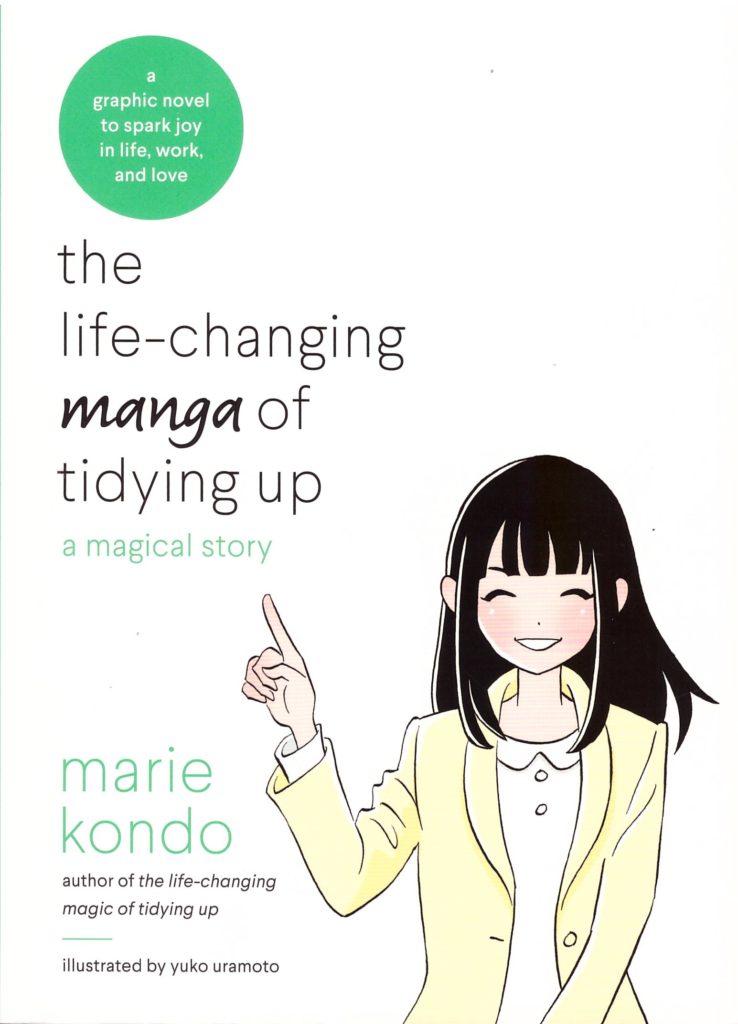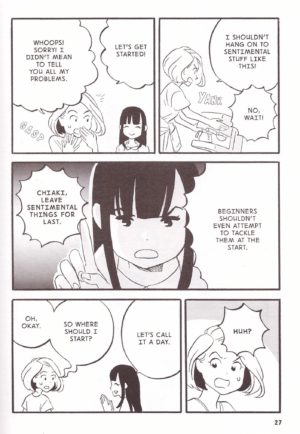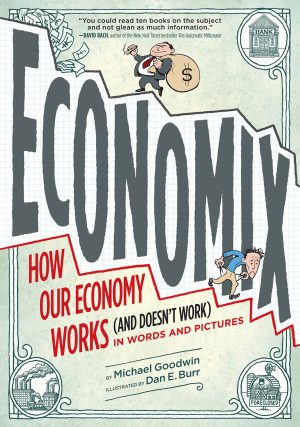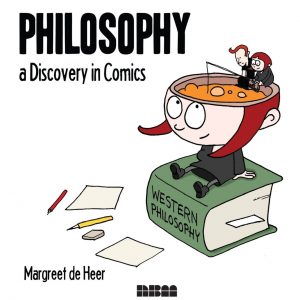Review by Frank Plowright
Marie Kondo, alternatively KonMari, has registered on public perceptions connected with the trend for de-cluttering house and life, a philosophy expounded in several books and a Netflix show. While essentially promoting the same minimalist attitude to possessions as several of her peers, her approach involves gathering all household goods of a single category together, deciding which are really meaningful and discarding the remainder. People choose what to keep instead of choosing what to throw out. The Life Changing Magic of Tidying Up is a thinly fictionalised primer, here adapted by Yuko Uramoto.
Chiaki Suzuki is single, and her apartment is a tip. She’s disorganised and procrastinates, but has concluded something needs to change, so KonMari is called in for a consultation. Chiaki must first visualise how she would like her apartment to be. Fortunately the hunk next door can provide an example, his place orderly and minimalist, as drawn by Uramoto more a show home than a place where anyone lives. The good thing is, anyone can learn to tidy properly, but needs to follow a strict plan, with knowing why one wants to tidy emphasised as crucial.
For anyone able to put the book back on the shelf, the clothes in the cupboard and cope with washing up, Kondo’s ideas are merely dressing up the obvious. However, everyone knows someone like Chiaki, whose items are strewn around the floor accompanied by a few tottering piles of goods, and from them Kondo earns her living. As portrayed here, she’s forthright to the point of aggression, so if you need to de-clutter, buying her book will let you down more easily than having her turn up in person, and it’ll presumably be considerably cheaper. Chiaki is a transparently extreme example, and we work through her accumulations category by category. There’s hilarity in concepts such as the joy of folding your clothes to show your appreciation for all they do to support your life, and waking your books by touching them, wondering how many ways Kondo can find to add mystique to the everyday. Someday never comes for reading that book you bought intending to read later? Really? And should we discard memories and sentimentality because life is lived in the present? Kondo’s response would surely be that in the same way as any other addict, a person can’t be helped until they acknowledge they need it. The definition is debatable.
Aside from Chiaki’s clutter, Uramoto keeps the art as simple as possible, elegantly so when depicting conflicting emotions, but it’s all in service of such questionable principles. Toward the end we learn Kondo’s own story, but by then her rigidity and relentless hectoring has become offensive, inducing little sympathy for her dark night of the soul. There’s no acknowledgement that the principles she’s devised may have worked for her, but they’re far from universal. It’s no spoiler to reveal that just like the simplistic temperance parables of old, once Chiaki has tidied up, the hunk next door finds her attractive. Left unseen are later moments of sadness when she can no longer remember what her old boyfriend looked like because the photos have been thrown out. We can all tidy up, but Kondo’s principles are another form of addiction, possibly resulting in short term joy, but equally likely to manifest in later regret.





